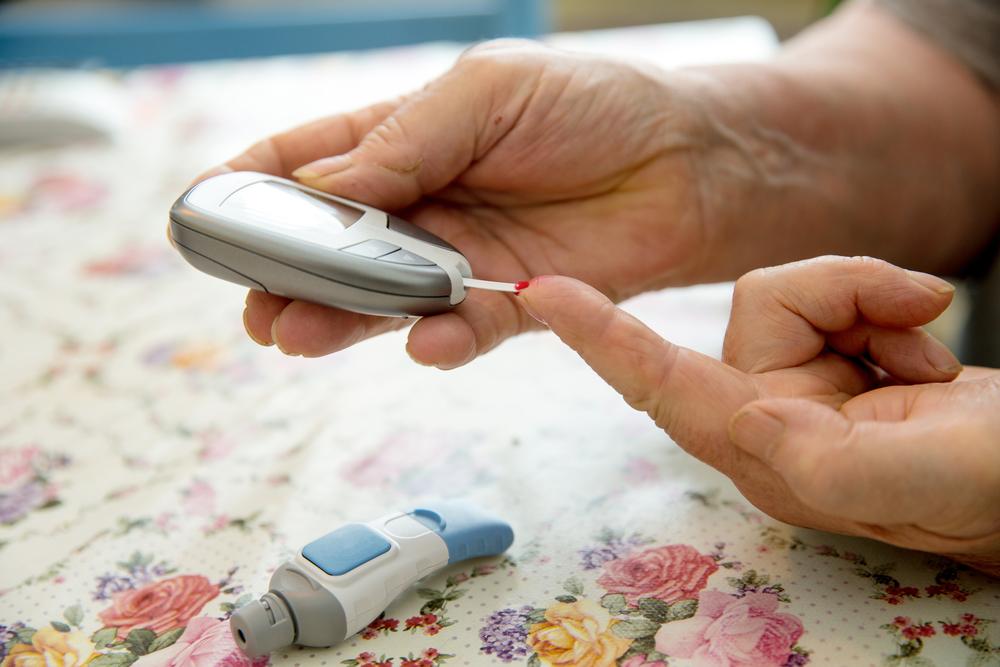Symptoms and Treatment of Type 1 Diabetes

Type 1 Diabetes is much less common than type 2, accounting for only 5-10% of diabetes cases. Unlike type 2 which is more common in older adults, type 1 is typically diagnosed before the age of 30.
What is Type 1 Diabetes?
Diabetes type 1 is an autoimmune disease in which the beta cells (insulin producing cells) located in the pancreas are destroyed over a period of time. The more beta cells are destroyed the less insulin that can be made. This results in a lifelong deficiency of insulin and dependency on insulin from external sources.
Autoimmune refers to a condition in which the body mistakes its own cells (the beta cells) for invader cells and destroys them. While the exact cause is unknown, the autoimmune process is thought to be the result of genetic predisposition and an environmental trigger. This event sets off a chain reaction that causes the B cells of the immune system to creates proteins called antibodies that mark the beta cells and signal for their destruction by other parts of the immune response team. The CD4 and CD8T Cells are the soldiers who sniff out and destroy the tagged beta cells
Progression of Type 1 Diabetes
Before overt diabetes occurs the patient will be in a phase called pre-diabetes. In pre-diabetes the pancreas will work double time to maintain normal blood glucose levels. The hallmark of pre-diabetes is the presence of GAD, ICA, IAA antibodies. In addition there will be evidence of beta cell injury and a decrease in the amount of insulin being produced.
The patient is considered to be in overt diabetes once the number of beta cells is reduced to less than one fourth and the body is no longer able to produce enough insulin to keep up with the demands of the body. At this point blood sugar will be significantly elevated.
Symptoms of Type 1 Diabetes
Symptoms vary per person but typically include the following
Frequent urination: including waking at night to urinate and bed wetting
Weight loss: since glucose is not being used as an energy source, the body must find other energy sources and does so by breaking down fat and muscle
Thirst
Hunger
Blurred Vision
Drowsiness
Nausea
Vomit
Skin, bladder, vaginal infections
The classic 3 P’s of Diabetes; polyuria (frequent urination), polydipsia (excessive thirst), polyphagia (hunger). Thirst is due to dehydration. Frequent urination is due to the body trying to expel the excess sugar through the urine. Both high and low blood sugar cause hunger.
Treatment of Type 1 Diabetes
Once diagnosed with type 1 diabetes patients will be started on insulin treatments for life. The amount of insulin needed will be individualized, but the typical starting dose is 0.4-1.0 units/kg/day.
Insulin
- Insulin injections can be given in long, intermediate, short, or rapid-acting form
- In most cases insulin is given in a long or intermediate form for maintenance and then a “bolus” or rapid-acting insulin is given at mealtime
Basal/Bolus schedules
- Basal: half of the daily insulin is given in long acting form
- Bolus: half of daily insulin is split into 3 and rapid acting is given 3x per day to cover every meal
Calculating insulin doses
Patient weighs 60kg (pounds/2.2= kg) and the insulin dose prescribed is 0.5 units per kg
- To calculate the daily insulin dose
- amount of units needed x kg
- 0.5units/kg= 30 units insulin per day
TO calculate the basal bolus dose if the total daily insulin coverage needed is 30
- 50% of that needs to be basal dose= 15 units of long acting
- 50% of that 30 needs to be bolus, then divided by 3 meals= 5 units of rapid acting per meal
How to administer insulin
- 90 degree injection angle, inject then count to 10 before removing the needle
- Injection sites: abdomen, thighs, back of arms, buttock
- Choose an injection site, such as the abdomen, and rotate where you insert the needle within that same site to provide a consistent rate of absorption as well as prevent skin breakdown
- Do not change body site locations daily as different body parts absorb the medication at different rates, the abdomen absorbs most quickly.
Storage of insulin
- Refrigerate insulin for prolonged storage
- May be left at room temp for up to 1 month
- DO NOT keep in hot temperatures
Insulin Side Effects:
- Hypoglycemia (low blood sugar)
- from too much insulin or not enough food
- Weight gain
- Injection site skin breakdown from not rotating the site enough



